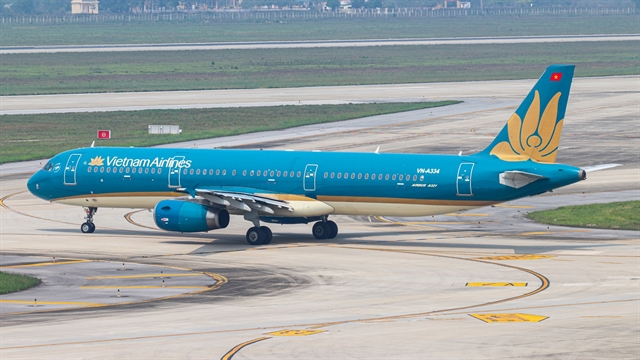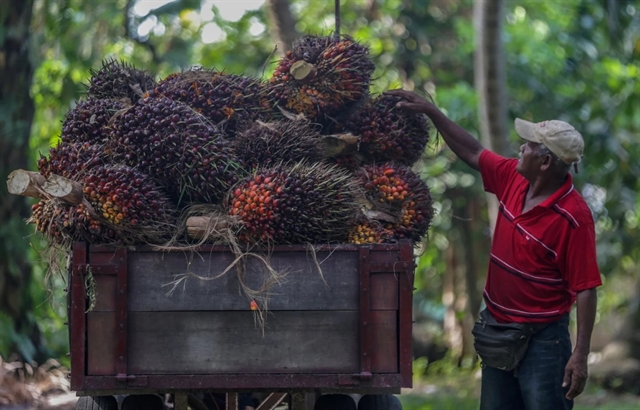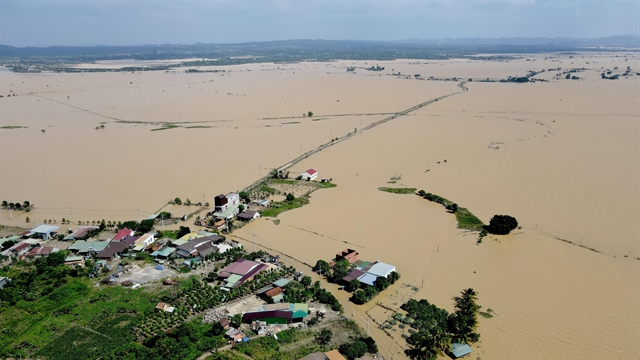 Society
Society

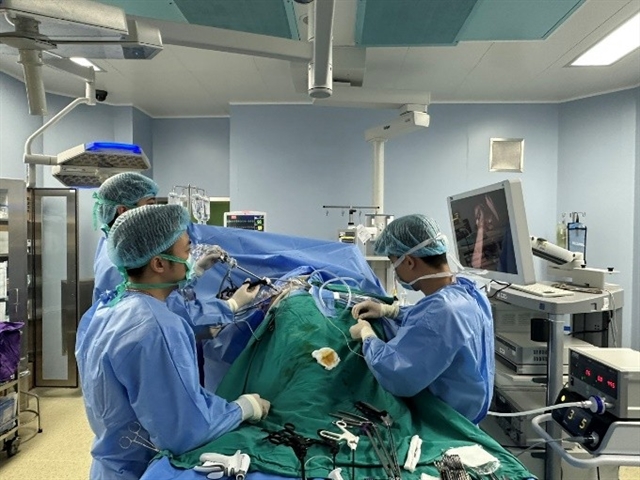
|
| The team of the 108 Military Central Hospital performs the first surgery on a giant renal artery aneurysm using autologous kidney transplantation. — Photo courtesy of the hospital |
HÀ NỘI — Surgeons at 108 Military Central Hospital in Hà Nội have successfully treated a giant renal artery aneurysm at the renal hilum of a 37-year-old woman from th Central Highlands province of Đắk Lắk, marking the first use of the autologous kidney transplantation technique in Việt Nam.
Two months ago, the patient began experiencing pain in her left lower back, sometimes with spasms but without fever. She sought treatment at several major hospitals in the south, where doctors diagnosed a giant aneurysm of the left renal artery at the renal hilum and recommended kidney removal.
Dr Ngô Vi Hải, Head of the Department of Thoracic Surgery at 108 Central Military Hospital, said the aneurysm measured nearly five centimetres, posing a serious risk of rupture and requiring early intervention.
“The difficulty is that the aneurysm is located in the renal hilum, with arterial branches for the superior, middle and inferior renal calyces all originating from it. Renal artery stenting is not feasible, and reconstructing the artery to preserve the kidney is a major challenge,” Dr Hải said.
“With this type of injury, conventional vascular techniques are insufficient. We proposed removing the kidney, reconstructing the renal artery outside the body, and then re-implanting it.”
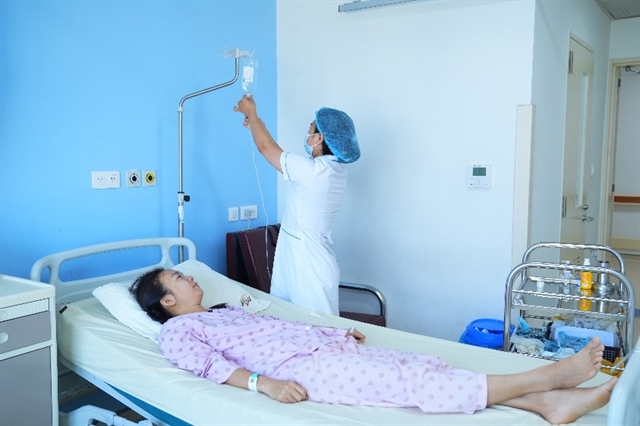
|
| The patient recovered well, was able to take care of himself and walk. — Photo courtesy of the hospital |
To preserve the patient's kidney, the hospital’s medical team, including specialists in upper urology and vascular surgery, decided to perform a laparoscopic nephrectomy using the kidney transplant technique.
The process of reconstructing the renal artery and removing the aneurysm with the autologous saphenous vein was carried out outside the body. Once the renal artery reconstruction was complete, the kidney was reimplanted into the ipsilateral iliac fossa using the conventional kidney transplant technique.
The four-hour surgery proceeded smoothly as planned. After the transplant, the kidney have functioned well, with good blood flow, as assessed by ultrasound and renal angiography.
The patient recovered well, was able to care for herself and walk, and did not require anti-rejection drugs or other immunotherapy because this was an autologous kidney transplant.
“The success of this surgery opens up future treatment directions for patients with complex kidney damage,” Dr Hải added. — VNS



